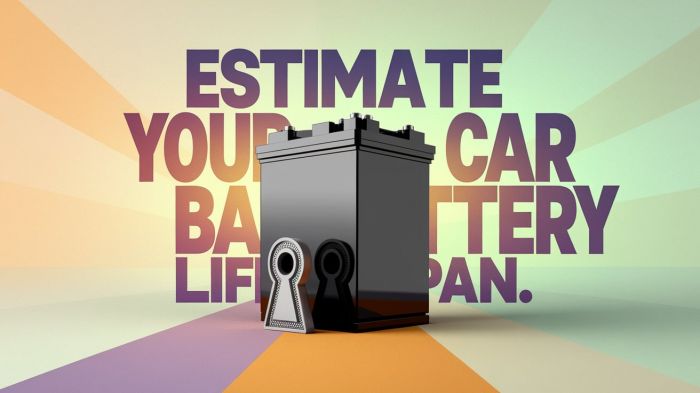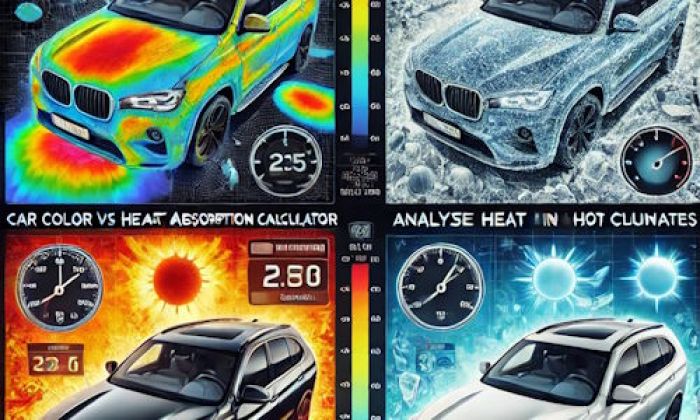
The in-car climate control system is powered by a compressor that compresses a gas called freon in order to emit cold and dry air. If you’re experiencing problems with you’re A/C, low freon levels may be the reason why. To tell if that truly is the case, be sure to check out these symptoms of low freon A/C levels:
- Lack of cooling
- Air conditioning low gauge readings
- Coolant leaks
- Iced out compressor
- A/C clutch issues
- No liquid movement
- The air is not cool enough or gets warmer
Lack Of Cooling
Your A/C system is designed to circulate refrigerant substances such as freon under pressure in order to cool down the air that enters the A/C system. That being said, if there are no refrigerant substances present during that event, the air that enters the cabin is not cooled enough.
If that is the case, you can check the refrigerant levels by disconnecting the freon and then using a specific gauge that is attached to the refrigerant hose.
Air Conditioning Low Gauge Readings
As mentioned in the previous paragraph, there is a way one can check if the freon levels are adequate. All you need to do is connect a dedicated pressure gauge onto the two service ports. When connected, the psi readings should be anywhere between 80-105psi with a turned-off engine.
While the engine and the A/C are both running, and you dial up the fan speed to the max, the readings should be anywhere between 200 and 350psi. If these readings are close to zero, it usually means that the freon levels are scarce.
Coolant Leaks
All cars often suffer from different forms of leaks. Whether it be engine oil, transmission oil, brake liquid, coolant liquid, or even wiper blade liquid, these are common even with A/C systems. A/C leaks usually form around the compressor so this should be the first place to inspect.
If a coolant leak is present, the fluid in question appears thin and greasy. Be sure to take your car in for an inspection in order to eliminate any other possibly more dangerous forms of car fluid leaks.
Iced Out Compressor
If your A/C compressor is lined with a thin layer of ice, it usually indicates high levels of water as this happens whenever the freon levels are too low. To remedy this accurately, it's best to take your car to an experienced mechanic if you are not experienced with replacing freon by yourself.
However, these in-car A/C systems differ between cars, and it's best to leave such tasks to trained professionals due to possible safety concerns.
A/C Clutch Issues
Whenever you turn on the A/C system, you should hear a definite ‘’click’’. This click indicates that pressurizing is present, and that is impossible to occur if your freon levels are too low. So, if the freon levels are too low, the A/C clutch will not engage which means that you will not hear a click.
No Liquid Movement
Many modern cars are equipped with glass sights which are designed to always let you inspect the refrigerant levels. If you happen to see bubbles inside the liquid, it usually means that the levels are too low. Furthermore, if you are unable to see any refrigerant at all, it means that either your system is clogged or there is no refrigerant.
The Air Is Not Cool Enough Or Gets Warmer
If your freon levels are dangerously low, you will start noticing that you’re A/C is not as capable of cooling down the cabin as it otherwise should be. This is apparent if the cooling intensity can’t go past a certain threshold, so much so that the air being sent isn’t all that cooled at all.
If you adjust you’re A/C to blow cool air but the air being sent out is getting warmer and warmer, it also means that your refrigerant levels are low. However, be sure to check your freon levels the moment this happens because this could potentially even be caused by an electrical issue.
Step By Step Guide On How To Recharge A Car Air Conditioner With Freon
After we’ve established that the freon levels are low, now we have to solve the issue by recharging the A/C with a fresh batch of freon. The first and most important aspect worth getting into is the type right type of liquid you’re A/C system needs because some older cars are known to use different types of refrigerant liquids. As such, be sure to go through your owner’s manual and find the type of liquid you need.
Now you need to make sure that the compressor clutch is in perfect working order by simply turning on the A/C. If there is nothing wrong with your compressor you can go ahead and also check the refrigerant pressure in the A/C in order to know how much refrigerant is necessary.
Keep the A/C running and attach the refrigerant can to the port on the service hose and make sure to hold the refrigerant trigger for a few seconds. You should also constantly monitor the PSI levels within the refrigerator in order not to overcharge the system. The moment you reach 45PSI, you should stop holding the trigger.
Now you have to check if the pressure is constant and if the A/C is blowing cold air. If everything is as it should be, you can disconnect the can and this should do it in 99% of situations.
Useful Facts About Recharging Car A/C
Recharging the A/C should not be a difficult task, but you need to make sure that you are well aware of all the ins and outs of A/C charging because the system itself is rather intricate and prone to issues if you are not taking the right precautions such as choosing the right refrigerant or constantly monitoring the pressure.
Sometimes it’s best to leave these tasks to professionals if you are not 100% sure of what you are doing. Another thing to keep in mind is the disposal and overall handling of refrigerant fluids because they are extremely harmful to the environment and you should handle and dispose of them according to the instructions listed on the can.
Furthermore, the refrigerant gas is also harmful to you as well so be sure to use safety goggles, safety gloves, and possibly even a mask while performing these tasks. Finally, it's better not to recharge you’re A/C if the outside temperature is below 65ºF because your pressure readings are likely not going to be correct.
By the way, if your car AC smells like nail polish remover, we have the solution - read here!
FAQ Section
How Often Should Freon Be Replaced In A Car?
A well-isolated and optimally running A/C system does not even need freon replacements because freon does not “wear out” as other car liquids do. This means that as long as you don’t have a leak of some sort, you should not worry about recharging the freon levels. However, replacing the liquid could improve the A/C performance every few years or so.
How Much Does It Cost to Recharge An A/C System In A Car?
If you only want to recharge the A/C system, you are looking at a $150-350 bill, but these tend to vary depending on the make and model of your vehicle and the type of liquid it uses. Be sure to follow all the recommendations about opting for the right type of refrigerant as this is not something you’ll be doing often, if ever. As such, don’t skimp on it and take your car to a professional.
How To Know How Much Freon My Car Needs?
The most accurate way of determining how much freon you need is to look in the owner’s manual. However, you can also check under the hood for possible instructions or ask your dealer for advice. This is only useful if you are 100% sure that the tank is empty, but if you want to know how much freon your car needs regardless of how much freon is inside the car tank at any time, you need to check the pressure by using a pressure gauge.
Is Freon Dangerous?
Freon might not be flammable, but it certainly is toxic which means that you should follow a strict procedure while handling freon. The thing with freon is that it's tasteless and mostly odorless so it can easily fool you into thinking that everything is fine even until it’s not. Freon poisoning is rare, but there are several instances where this has happened while performing refrigerant replacements.
Is Freon Legal?
Since the 1st of January 2020, it is no longer legal to produce or import freon in the US. This does not mean that you are unable to use existing freon. The issue with Freon is that it has so-called “ozone-depleting substances” which are harmful to the environment. The government wanted the HVAC industry to switch to non-ODS substances which means that freon is still available for purchase, but it’s not as widely available nor accessible as it once was.
About the authors
The CarAraC research team is composed of seasoned auto mechanics and automotive industry professionals, including individuals with advanced degrees and certifications in their field. Our team members boast prestigious credentials, reflecting their extensive knowledge and skills. These qualifications include: IMI: Institute of the Motor Industry, ASE-Certified Master Automobile Technicians; Coventry University, Graduate of MA in Automotive Journalism; Politecnico di Torino, Italy, MS Automotive Engineering; Ss. Cyril and Methodius University in Skopje, Mechanical University in Skopje; TOC Automotive College; DHA Suffa University, Department of Mechanical Engineering






Add comment